It’s no secret that here at obé, we love getting strong. From our huge library of strength workouts to our popular BodyComp, Gym Strong, and Simply Strong training programs, our platform is designed to help people become their strongest selves. (Want proof? Just check out some of our amazing member spotlights on the blog!)
Whether you’re already #LevelingUp your workout routine with strength classes—or you still need some convincing—you’ve come to the right place. Let’s dive into the reasons why lifting weights (and yes, just your bodyweight counts!) is such a fantastic workout, according to our trainers—and science.
1. Strength training improves your body composition.
Not-so-fun fact: Our muscle mass naturally decreases with age. Luckily, strength training helps you maintain it and even enhance it, which in turn keeps body fat in a healthy range. In fact, one study found that the average woman who strength trains two to three times a week for two months will gain nearly two pounds of muscle—while losing 3.5 pounds of fat.
Oh, and P.S.: Strength training won’t make you bulky! “That’s just an old wives’ tale at this point,” says obé instructor Dorian C., who teaches strength and HIIT. “Unless your goal is to be a professional bodybuilder, you’ll never look like that,” she explains. “It takes people years of their life, plus an entire team of people, to reach that point.”
In other words: Three to five strength classes a week ain’t it. (More on our frequency recommendations below.) Or, as Power instructor Kat E. puts it, “Thinking you’ll look like a bodybuilder after a few strength classes is like thinking you’ll be able to drive in a Nascar race after you get a license.”
2. Strength classes turn your body into a calorie-burning furnace.
On the flip side, if your goal is to lose weight or look leaner, strength training can help you achieve that! “When you strength train, you’re building lean muscle mass, which increases your basal metabolic rate (the rate at which you burn calories),” Kat explains. “This means you’ll actually be burning more calories all day long, instead of just during the workout (as in cardio).”
Ready for another car analogy? “Strength training is like fueling your car with premium oil—it’ll help your body run better and more efficiently all day long,” Kat explains. “Doing cardio is just like revving up the engine, without putting fuel in it to keep going.”
3. This type of training lowers the risk of osteoporosis, diabetes, and other chronic health conditions.
Another super fun side effect of aging: Our bones weaken as we get older. Strength training to the rescue (again): By putting stress on your bones, strength training can increase bone density and reduce the risk of osteoporosis. When combined with an adequate amount of dietary calcium, strength training is our best way to fight back against osteoporosis.
Heavy lifting also means a healthier heart. Research suggests that less than one hour of strength training per week can reduce your chances of having a heart attack or stroke by 40 to 70 percent. (Three 20-minute sessions each week also count.)
And that’s not all, folks: Strength training has also been shown to reduce the symptoms of many other chronic health conditions, including arthritis, back pain, depression, and diabetes.
4. Strength training makes everything else you do feel easier.
When you gain strength, everything else you do in life feels easier, Kat says—from sports you enjoy on the weekends, like hiking, biking, or tennis, to everyday activities, like taking the subway, chasing after kids, or carrying groceries. (Looking at you, Trader Joe’s hauls!)
It’s also going to make you less injury-prone. Strength training not only builds stronger muscles, but also builds stronger connective tissues and increases joint stability—which helps prevent injury.
“If you’re taking a lot of dance classes, you’re going to feel so much better if you take strength classes too,” says obé instructor Ana C. “Strength training helps prevent injuries like shin splints, sore feet, and knee pain—all of which can happen if you’re doing too much cardio without strength!”
5. It improves your mental health—from mood to self-confidence.
Elle Woods was right: Exercise gives you endorphins—and endorphins make you happy. But to get a little more science-y, the act of strength training produces mood-improving neurotransmitters such as endorphins, dopamine, norepinephrine, and serotonin, all of which help you feel happier, less anxious, and less depressed.
Plus, that killer, I-can-do-anything confidence you feel after a strength training session is undeniable. “In strength training, we’re teaching our bodies how to do something different—like, says, throwing a dumbbell above your head—which in turn makes us get more confident in everything else we do,” Kat notes.
As Ana puts it, “I feel so much stronger mentally and physically knowing I can lift heavy weights. Lean muscles are sexy, and I feel confident and beautiful—maybe it’s a little cocky to say, but I worked to get my body where it is now through strength training.”
What Kind of Strength Training Should I Do—and How Much?
In the obé universe, what counts as “strength” includes a lot of our class types: strength (well, duh), power, Pilates, barre, and sculpt all count. (HIIT actually counts as cardio, not strength, Dorian notes.) Pilates and barre are more about bodyweight strength, she explains, and sculpt can also be great for beginners. Then, you can really start to lift heavy in power and strength classes!
As for cadence: Four times per week is optimal for strength training, according to our instructors, if you really want to see results in your appearance, and overall health. But two to three times per week is also great if you’re pressed for time, Kat says!
Ready to get stronger? Check out our Strength 101 workout with Walter K. for an intro to all things strength training. Then, dive into our on-demand library, or take a live class!





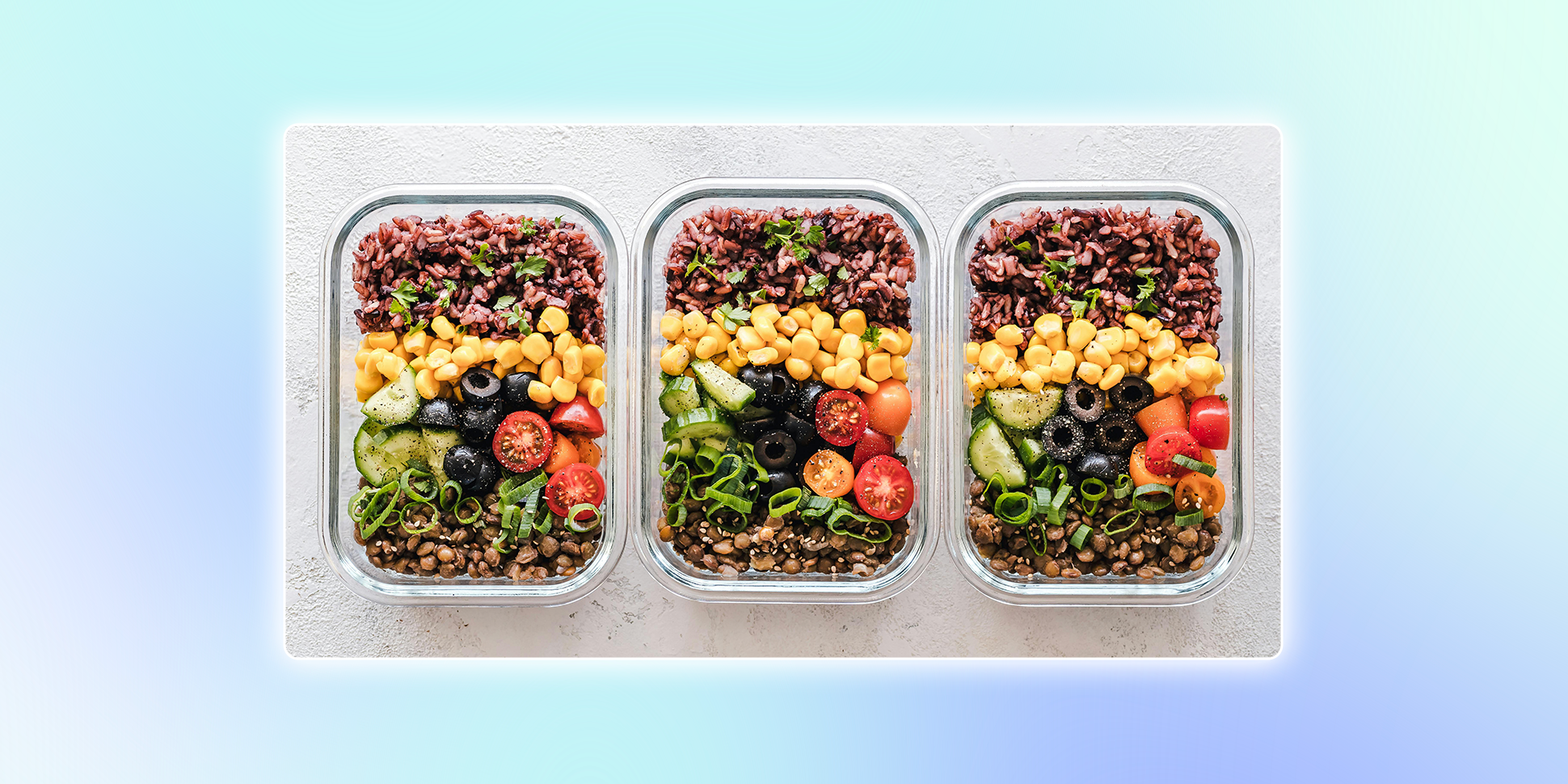
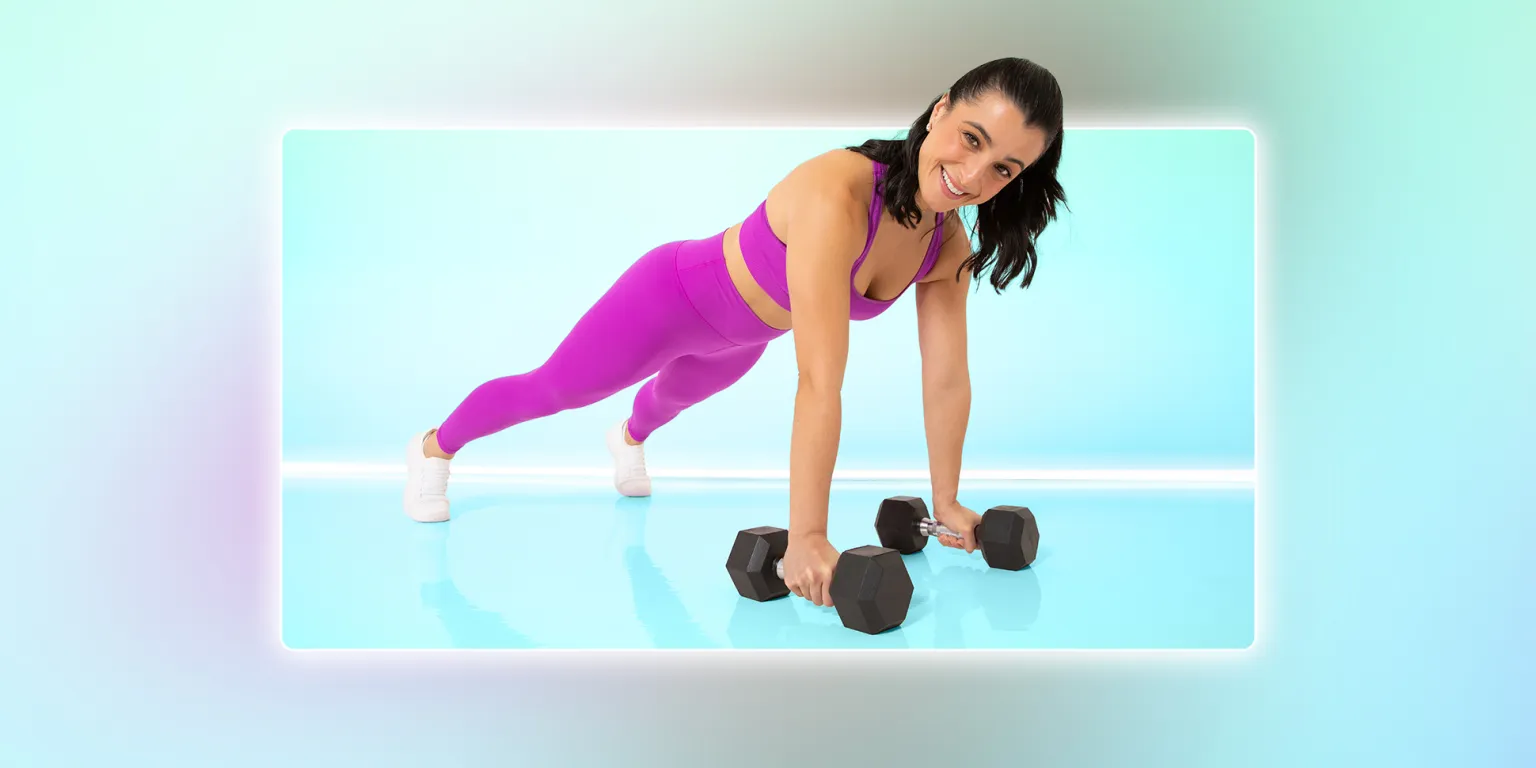


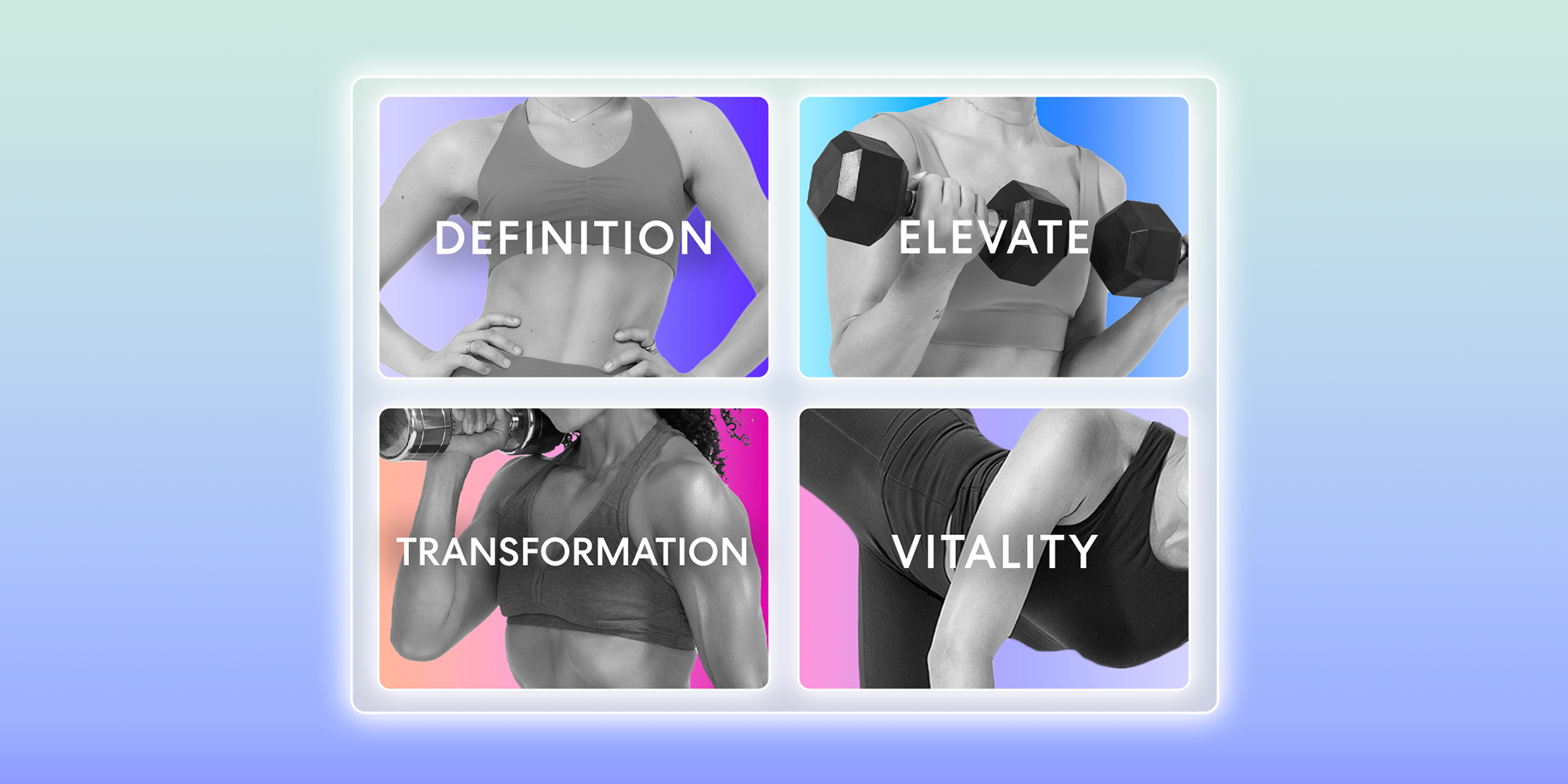









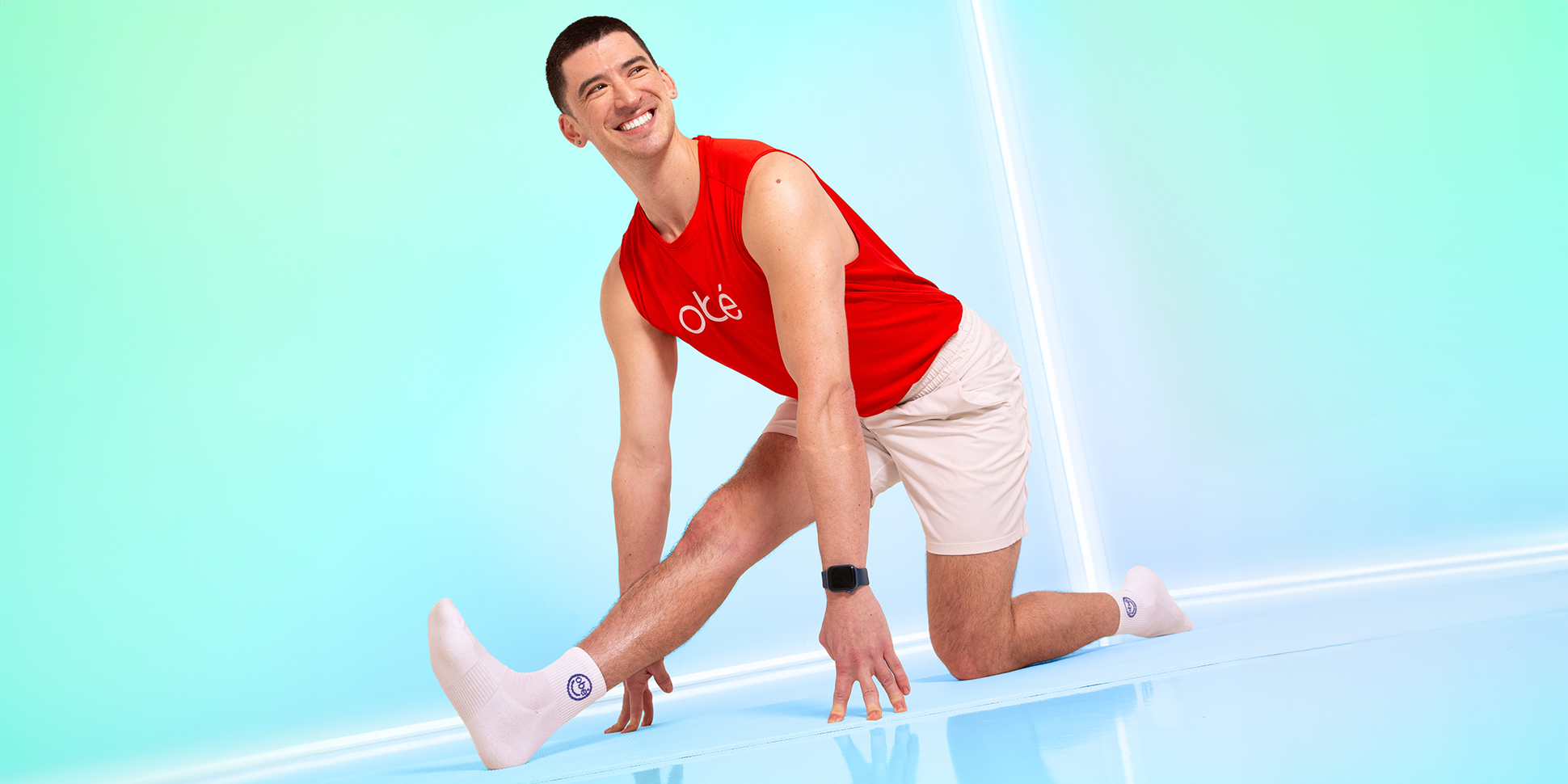

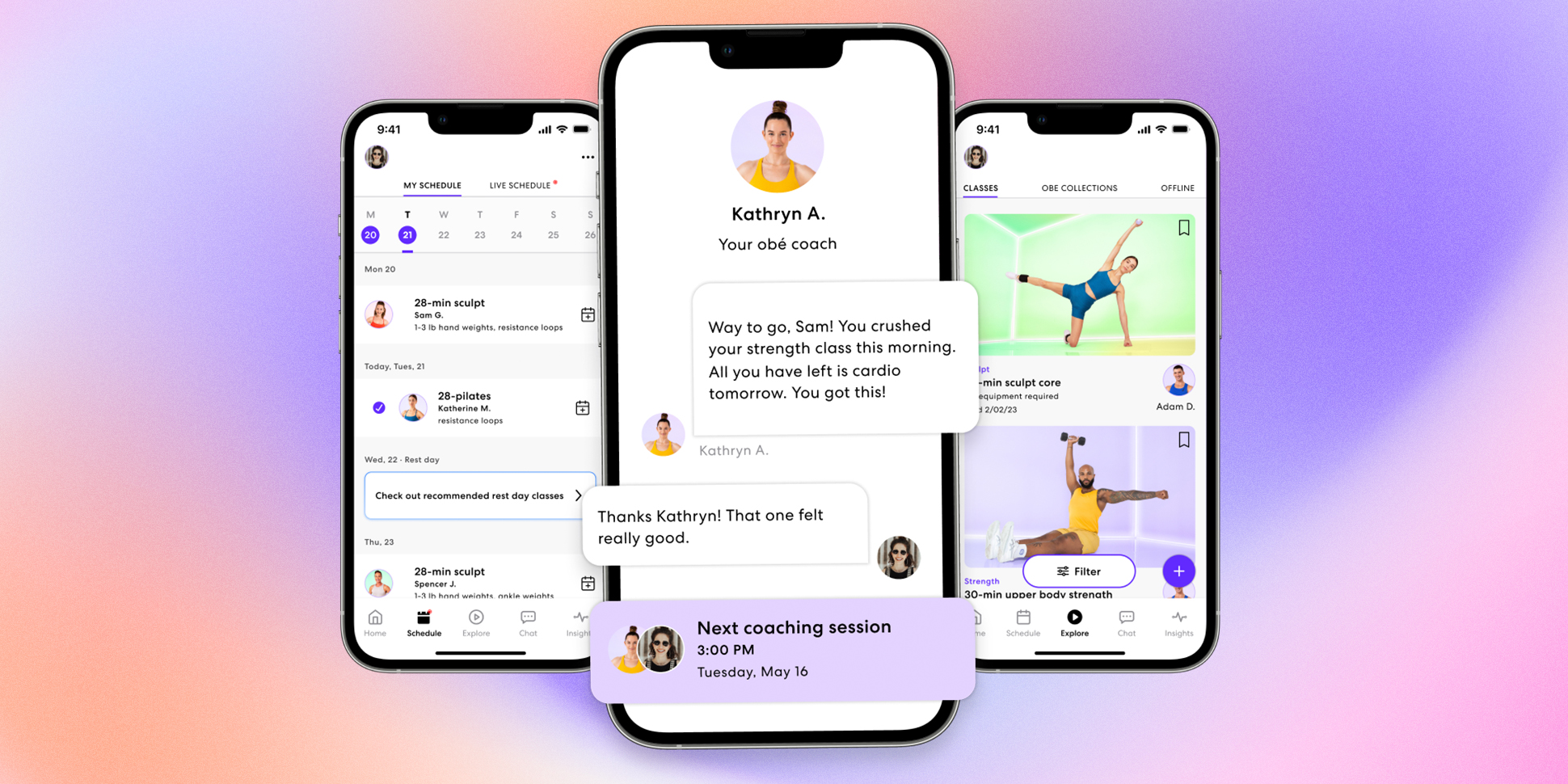









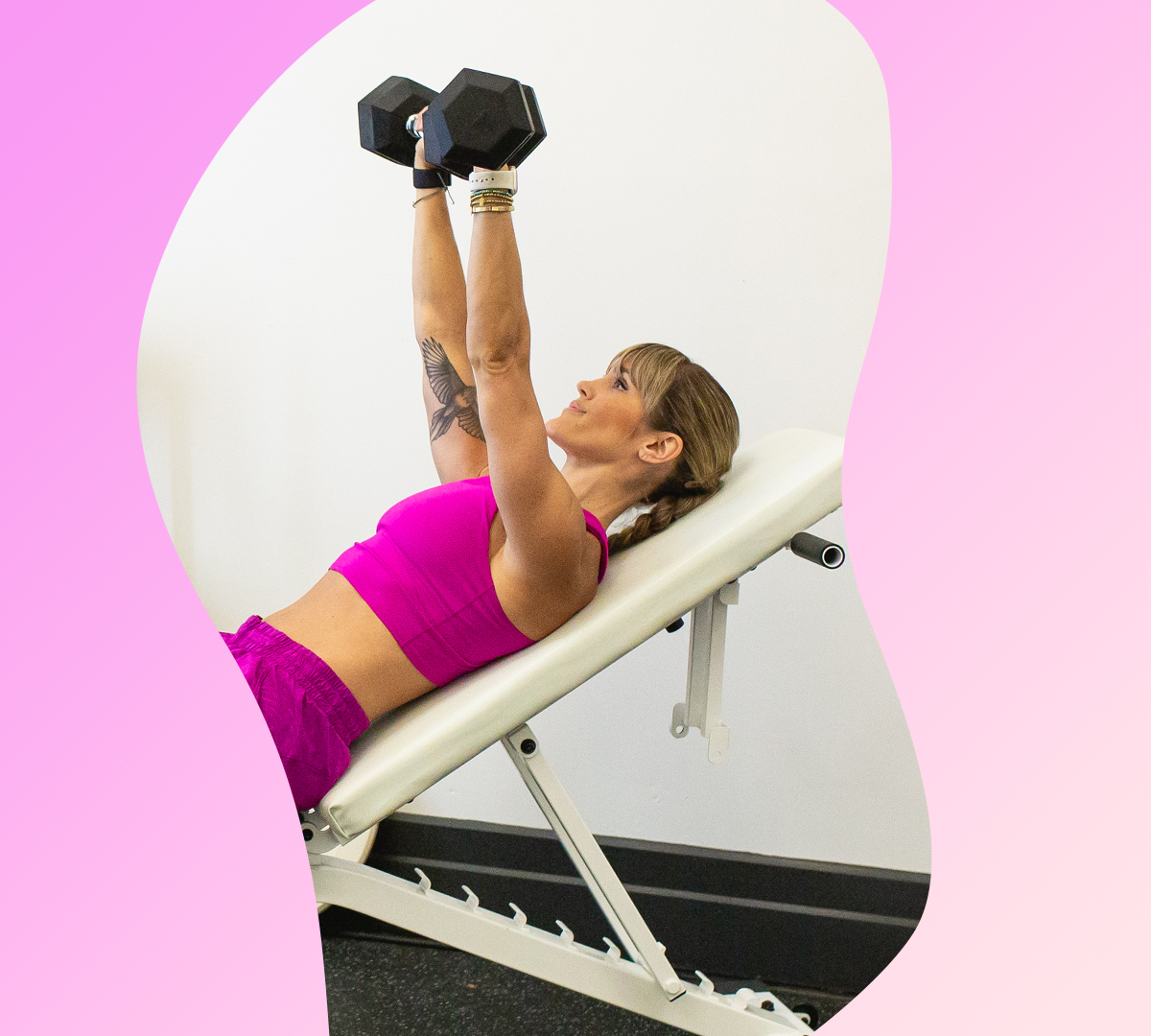
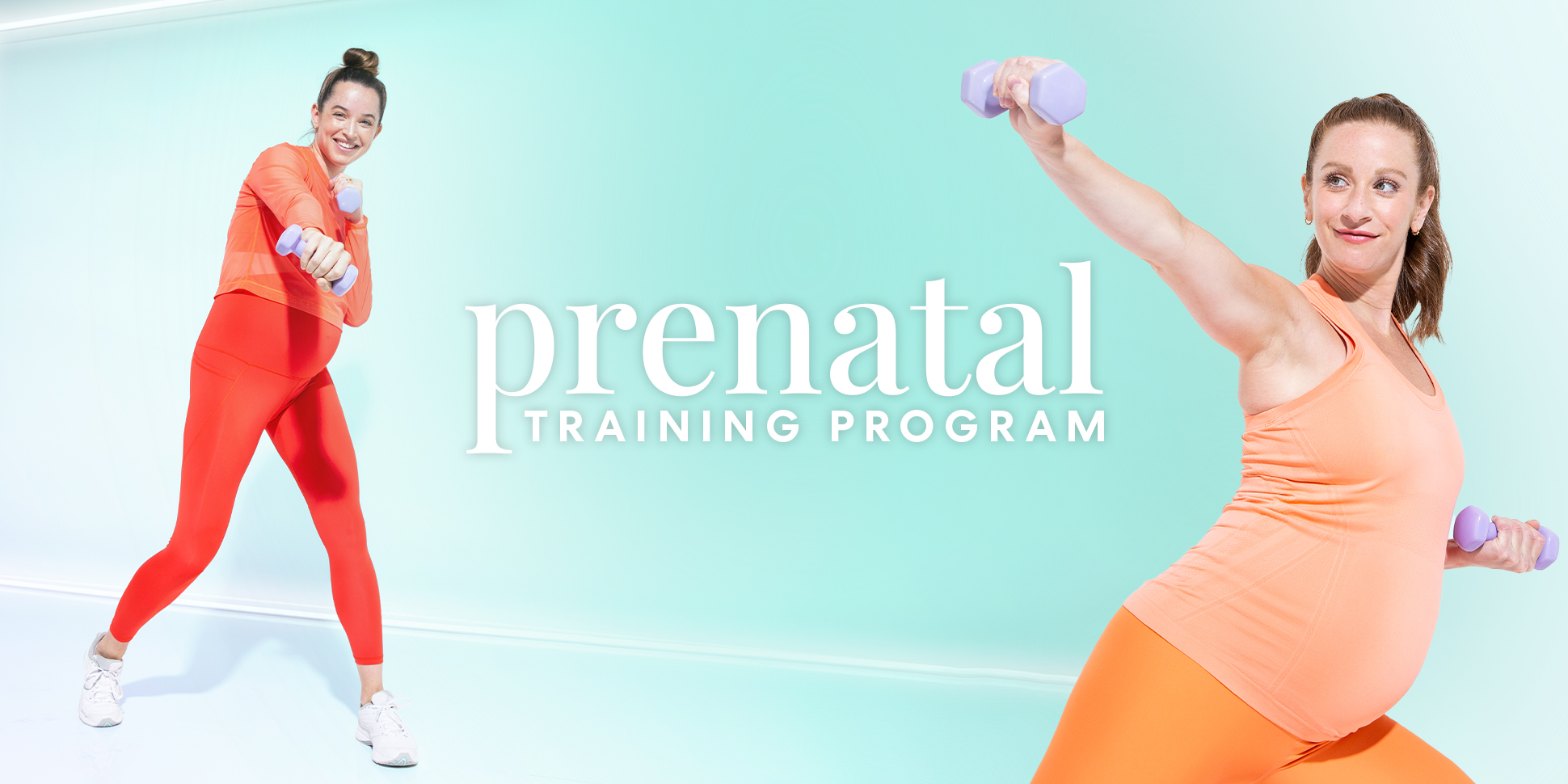



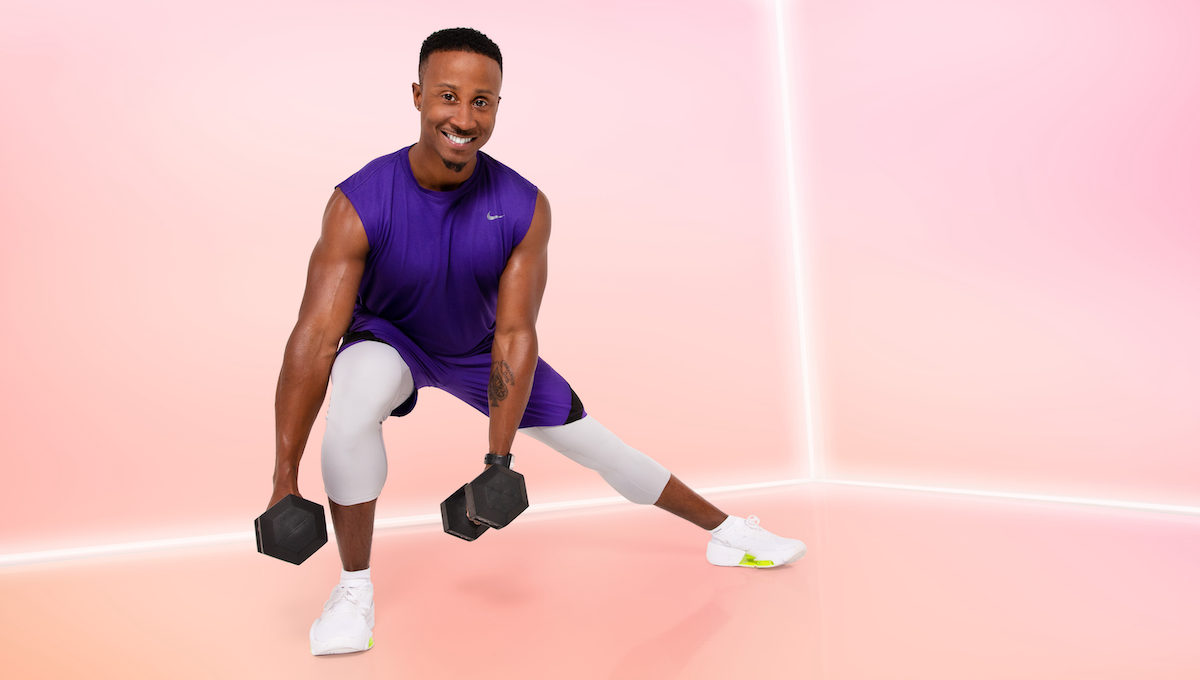








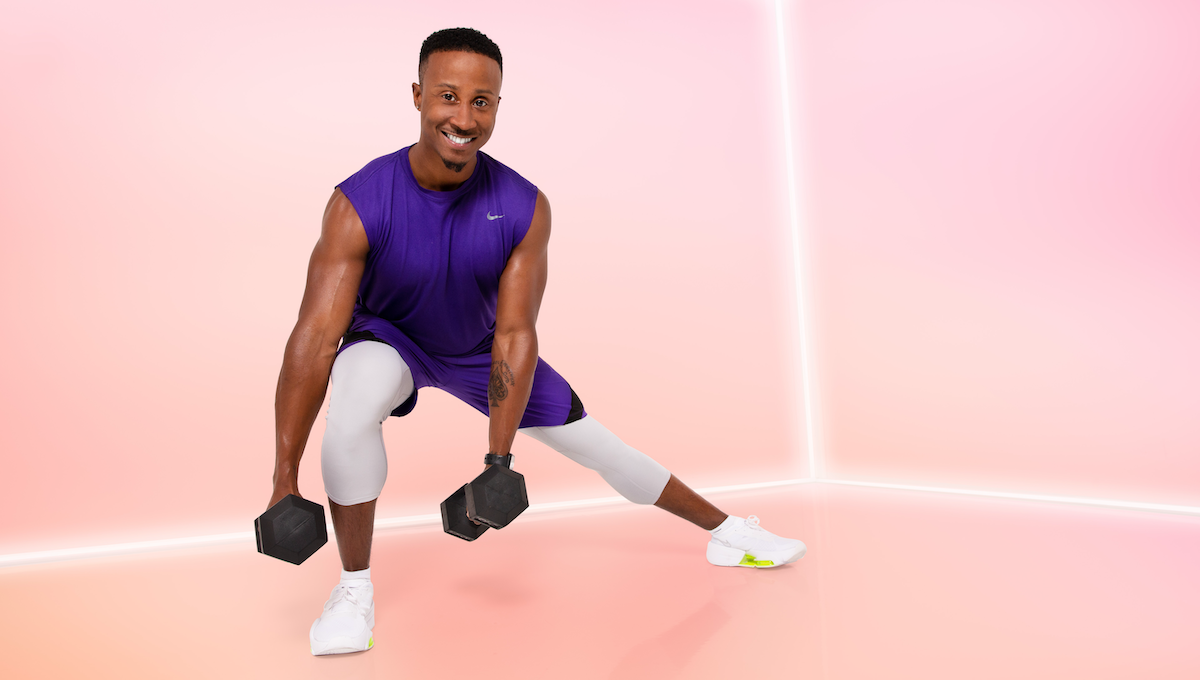


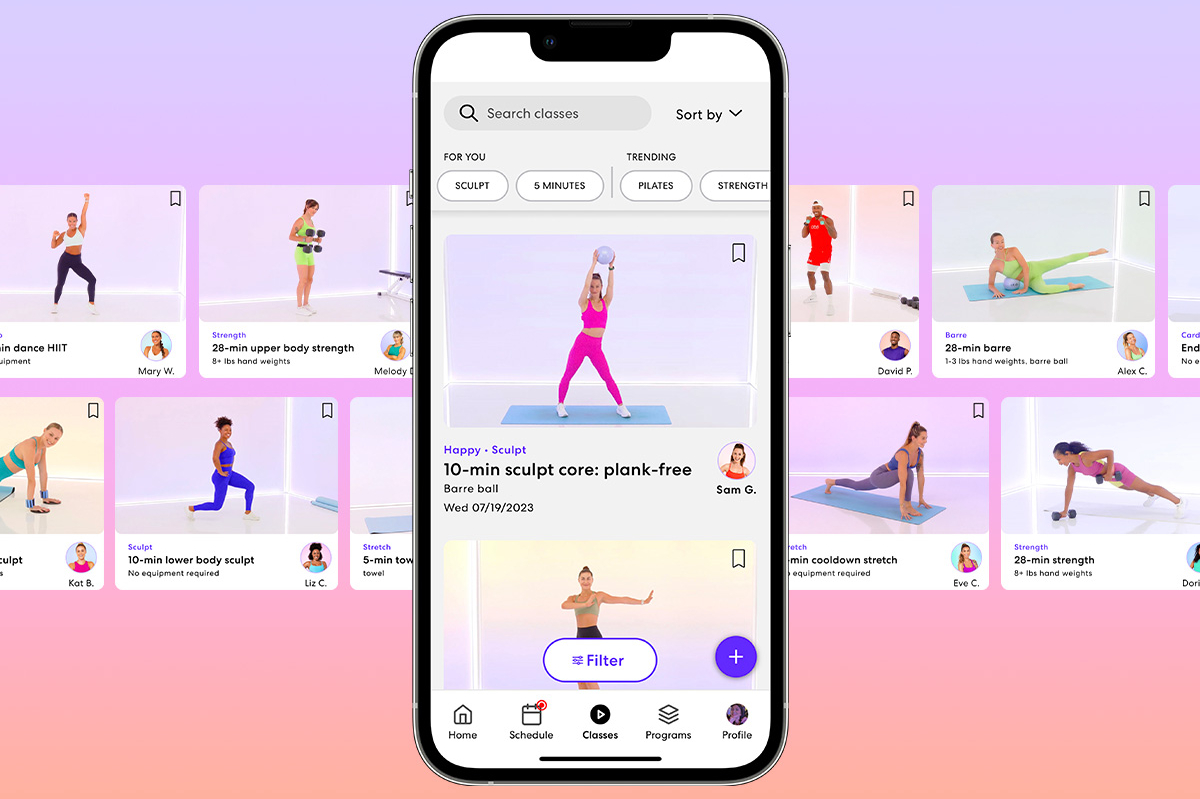

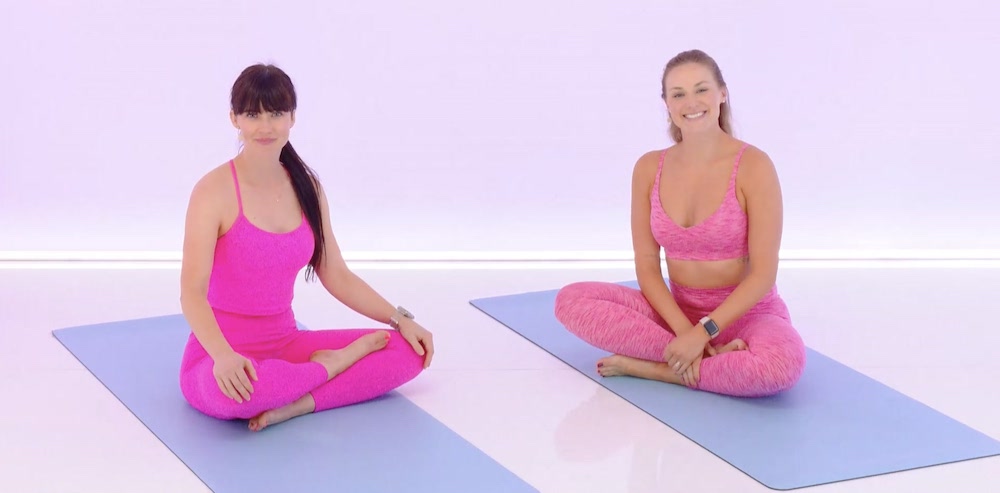







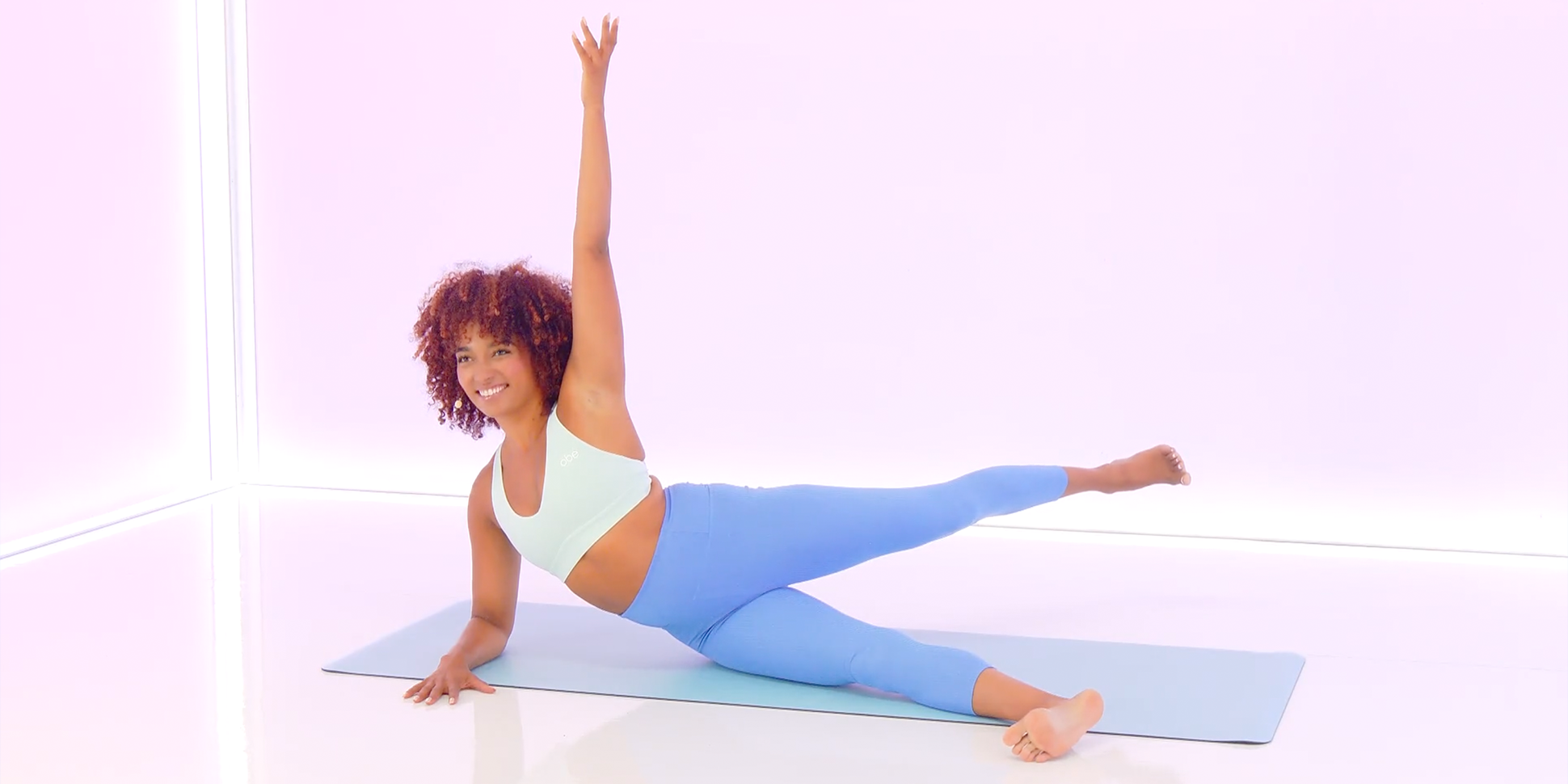
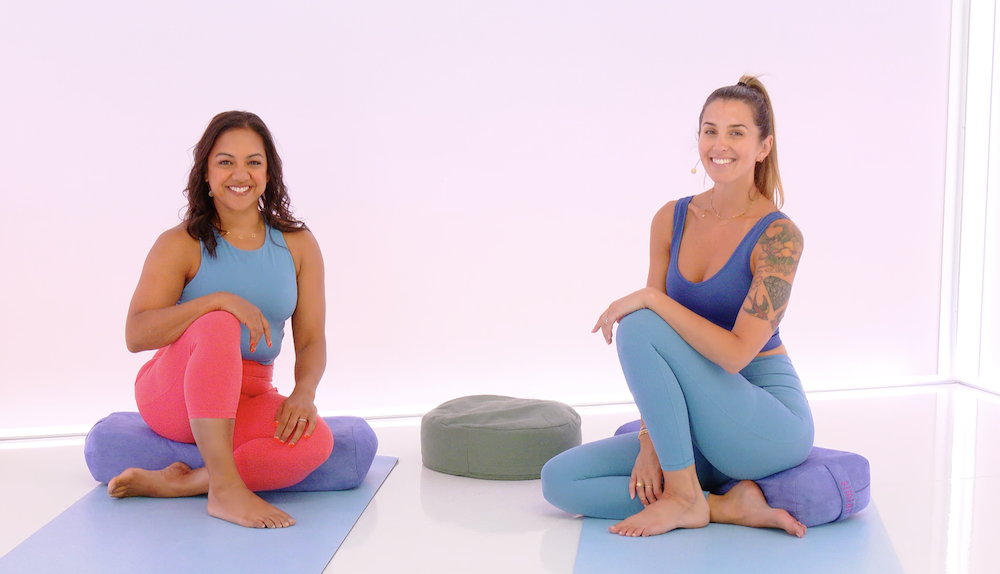



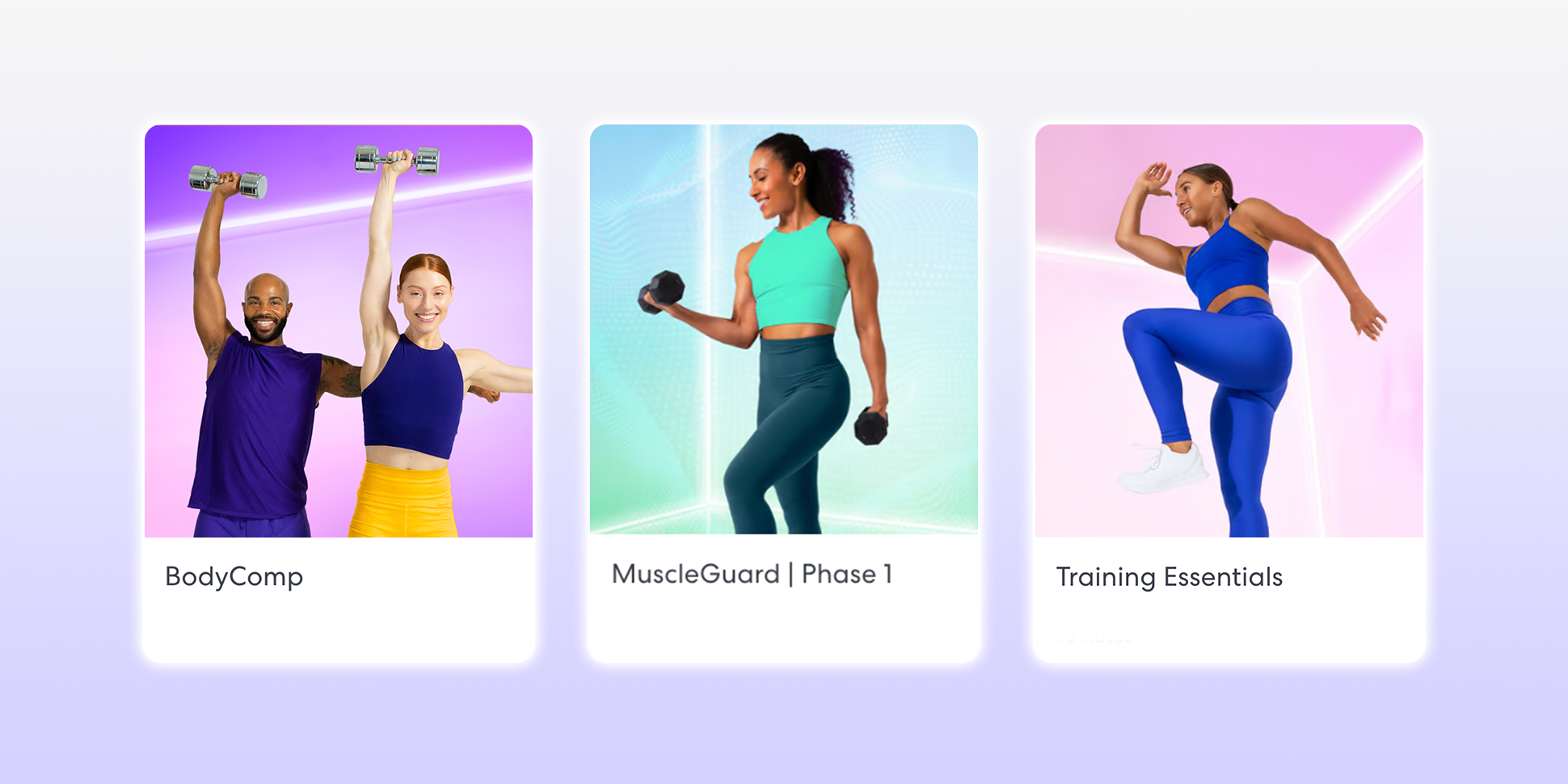





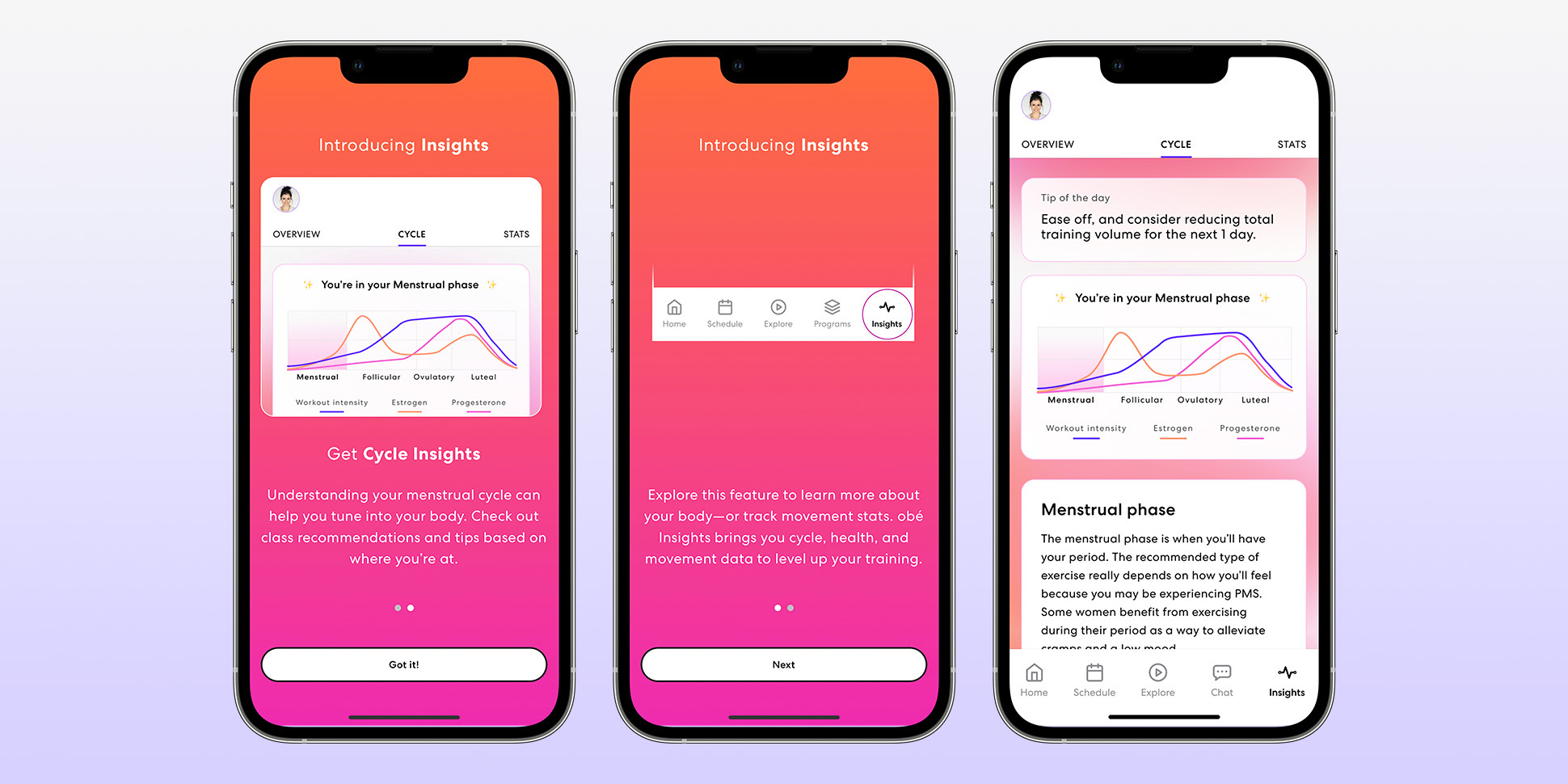

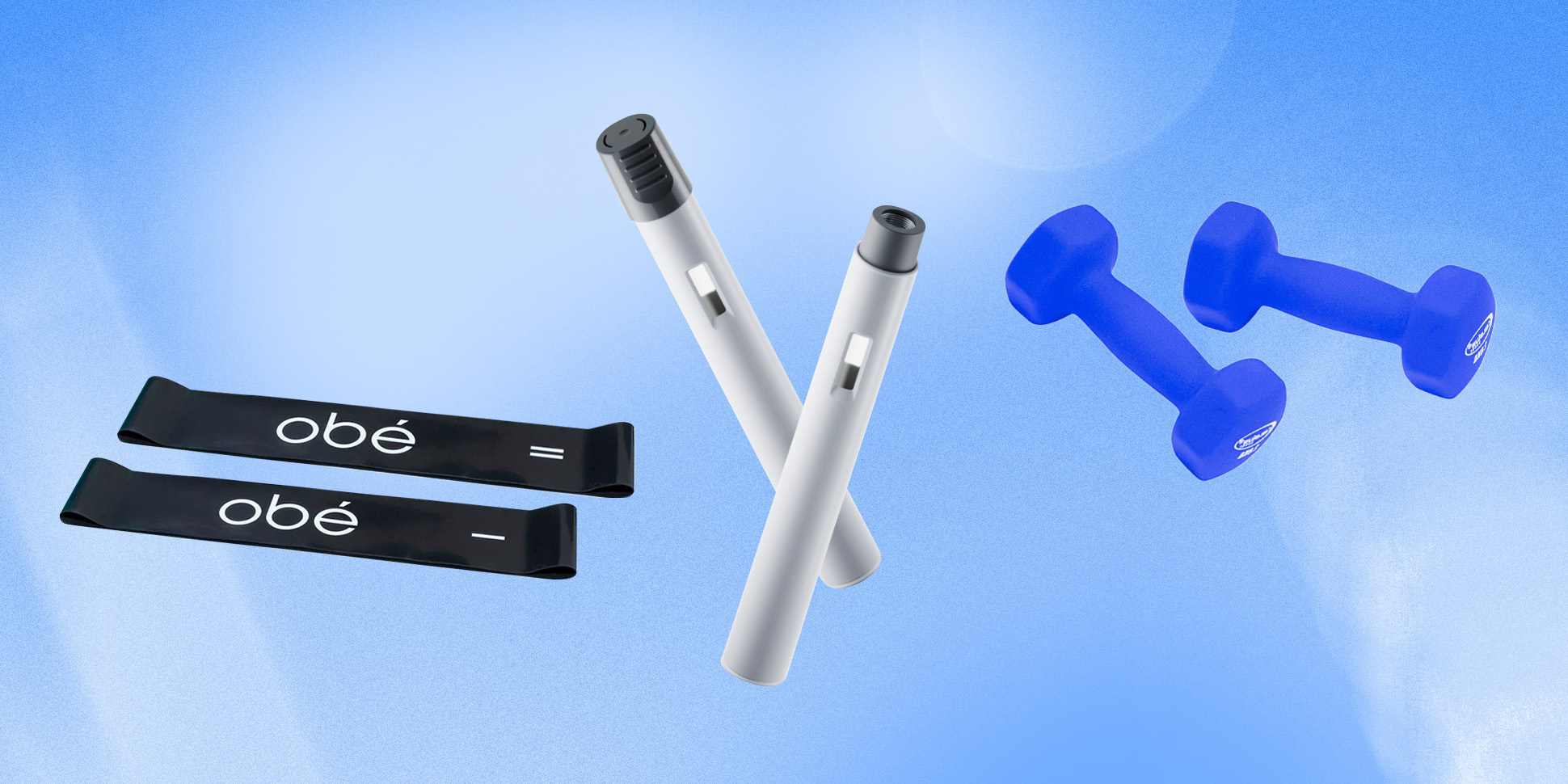











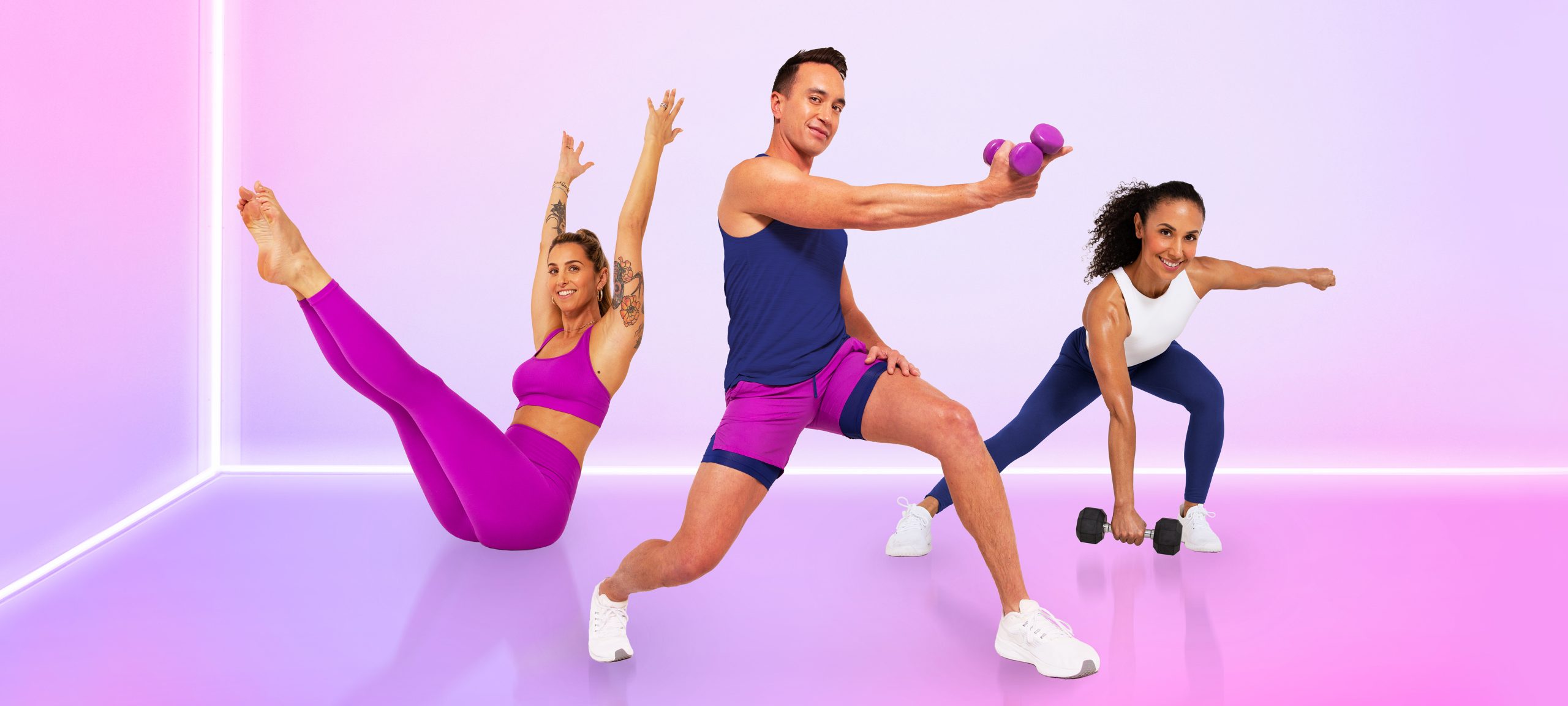














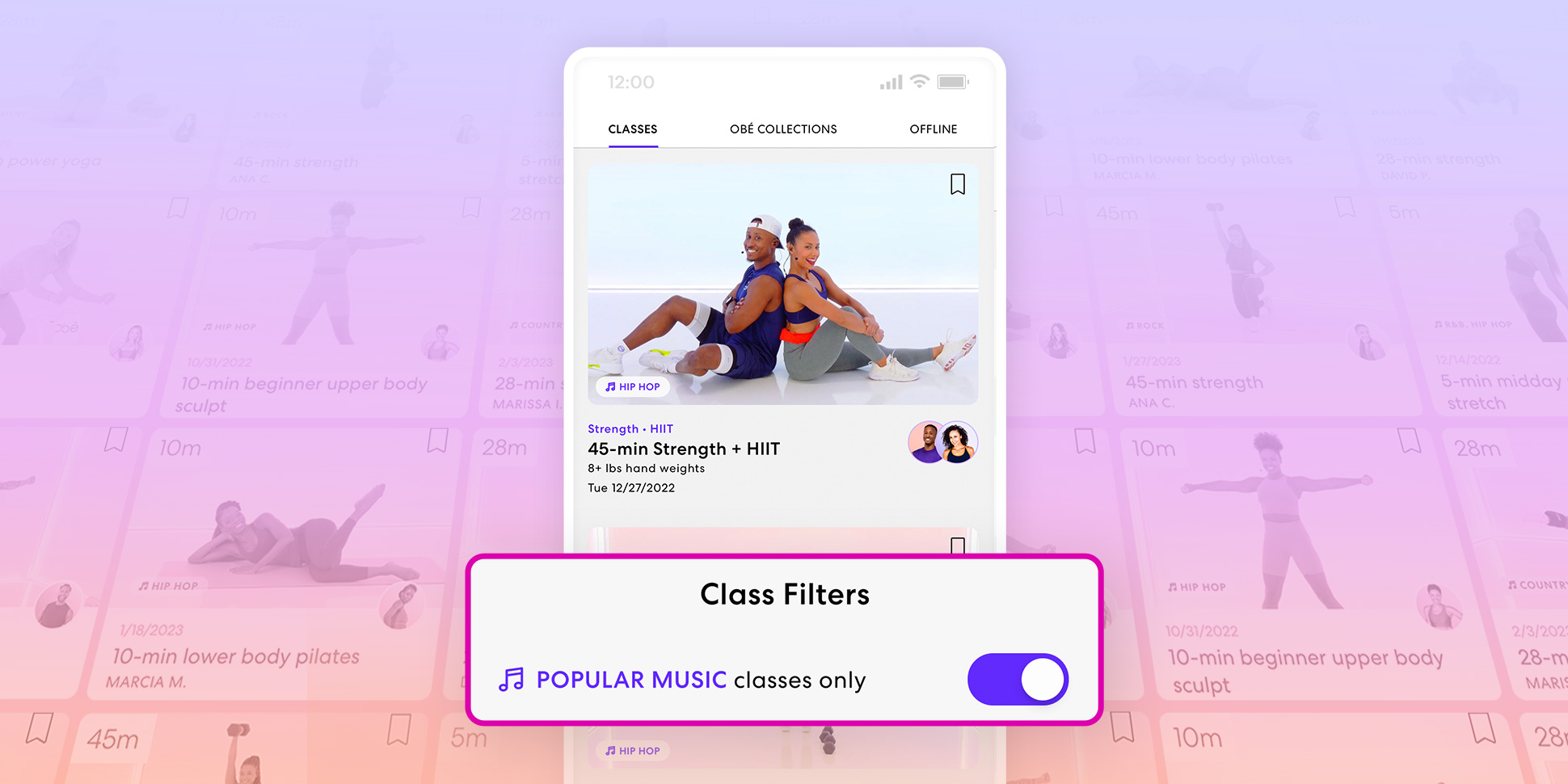



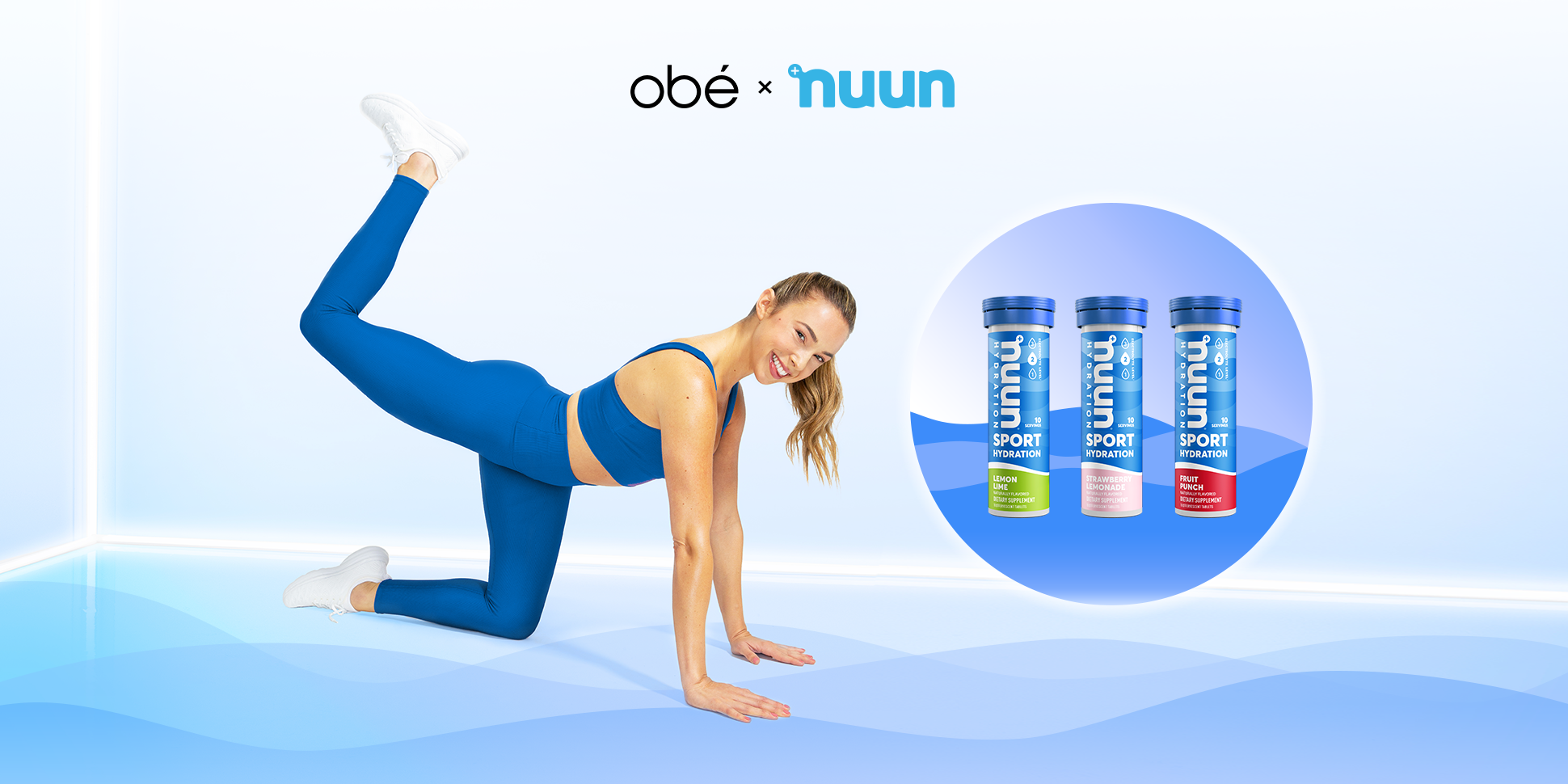









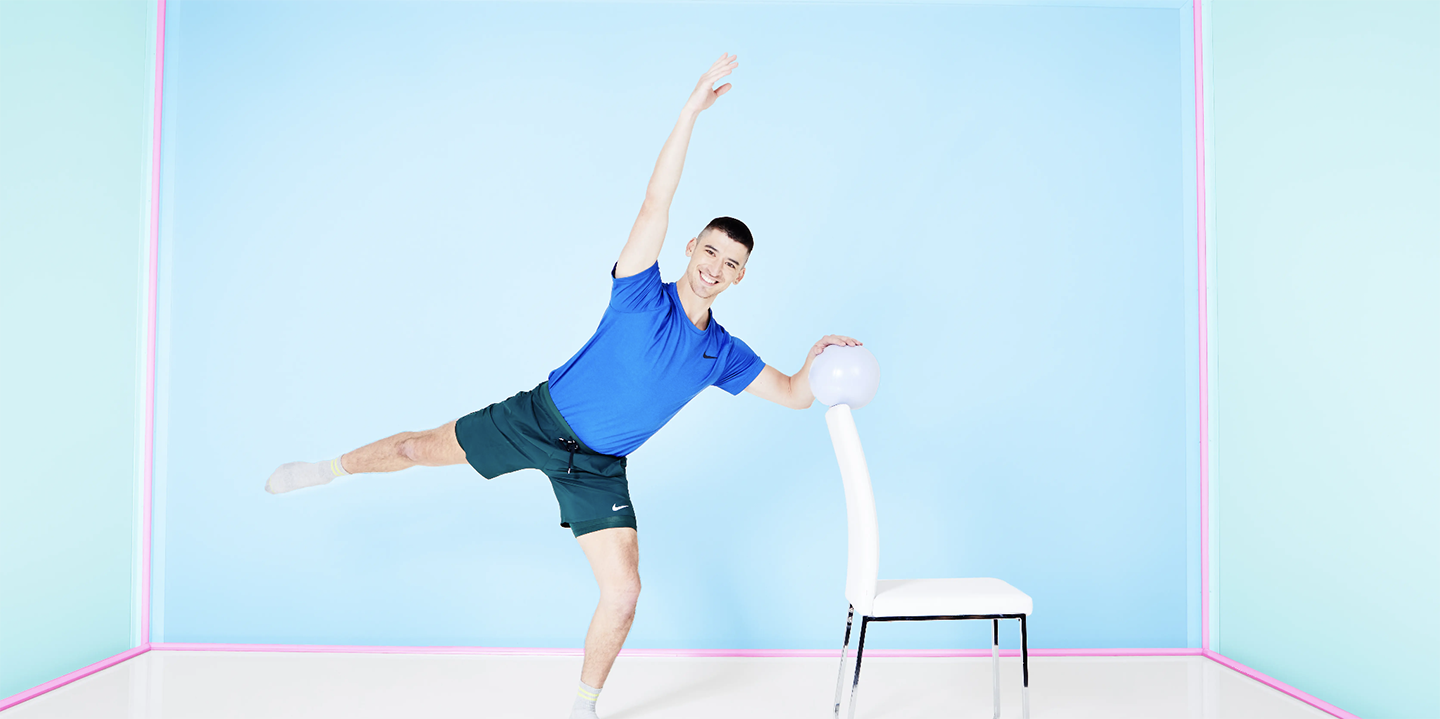









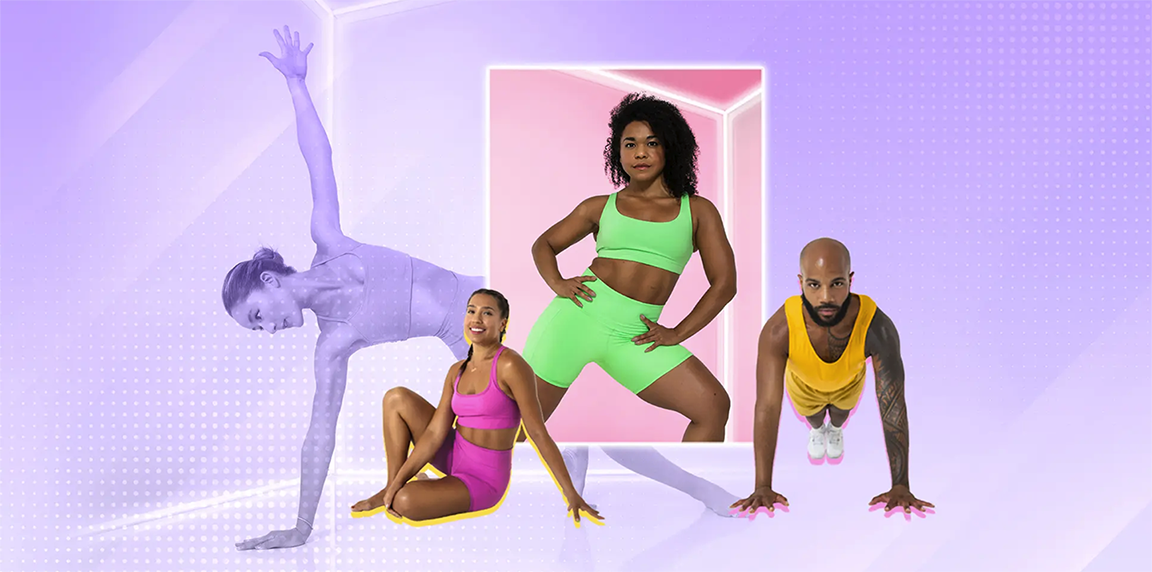



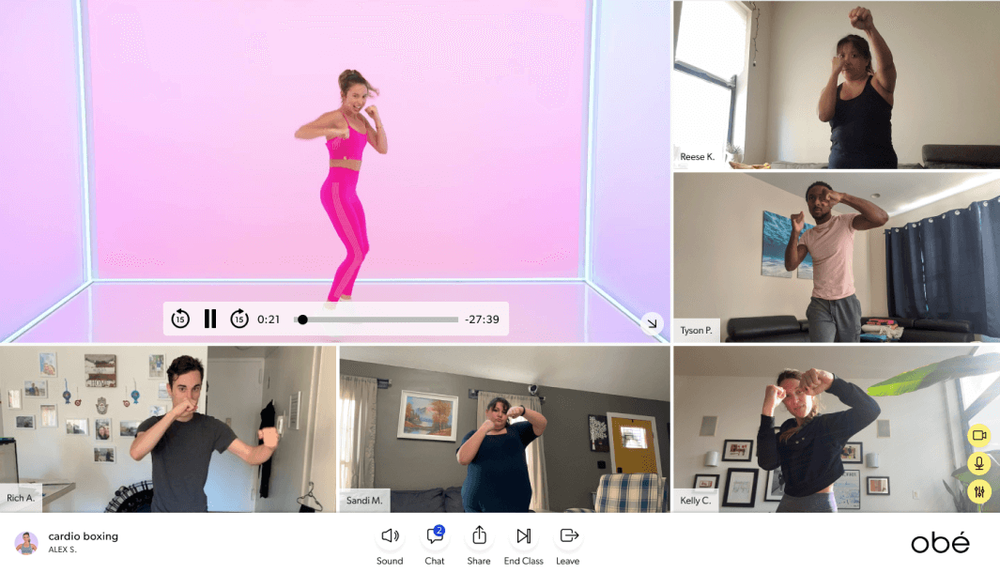


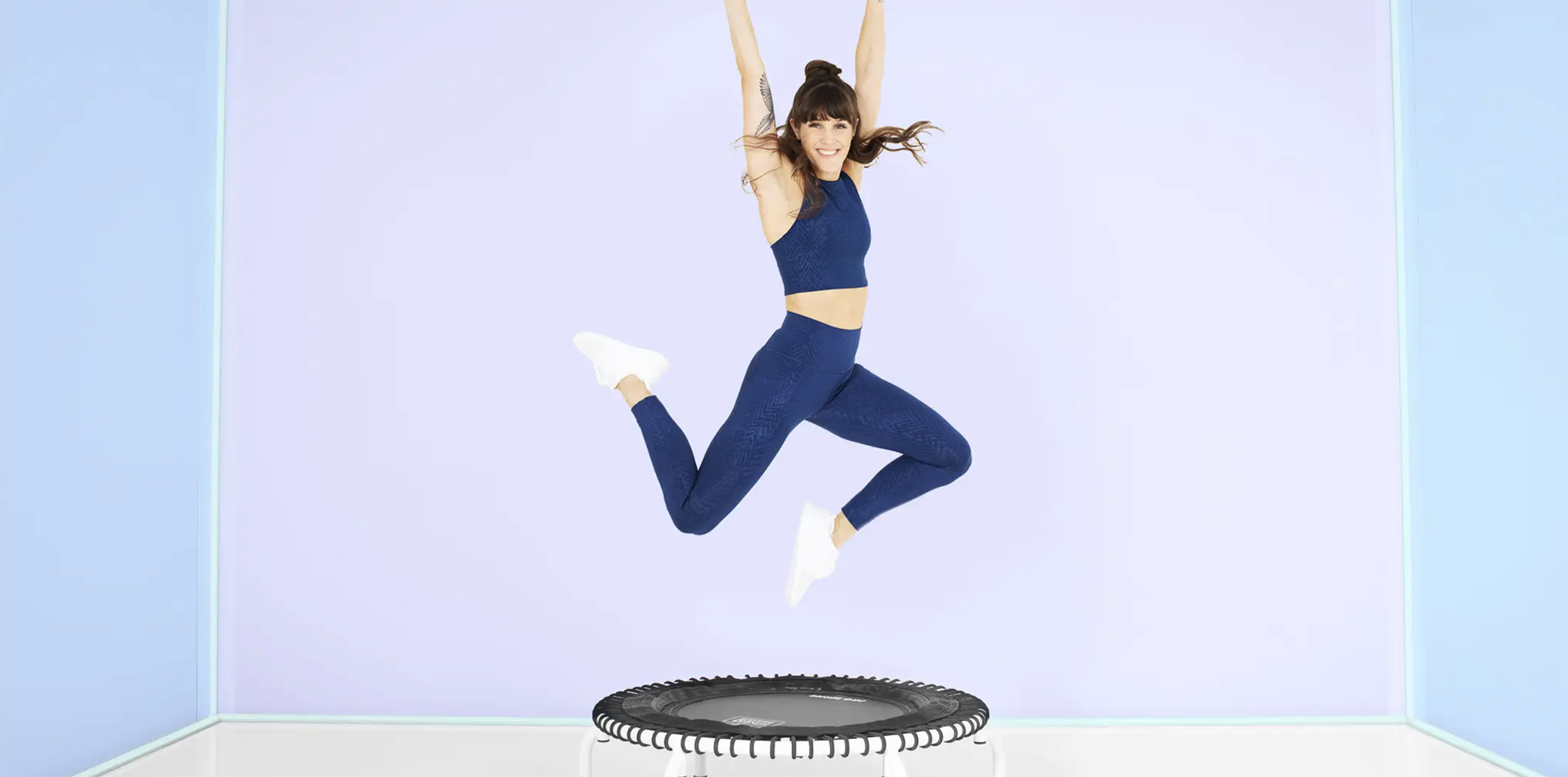





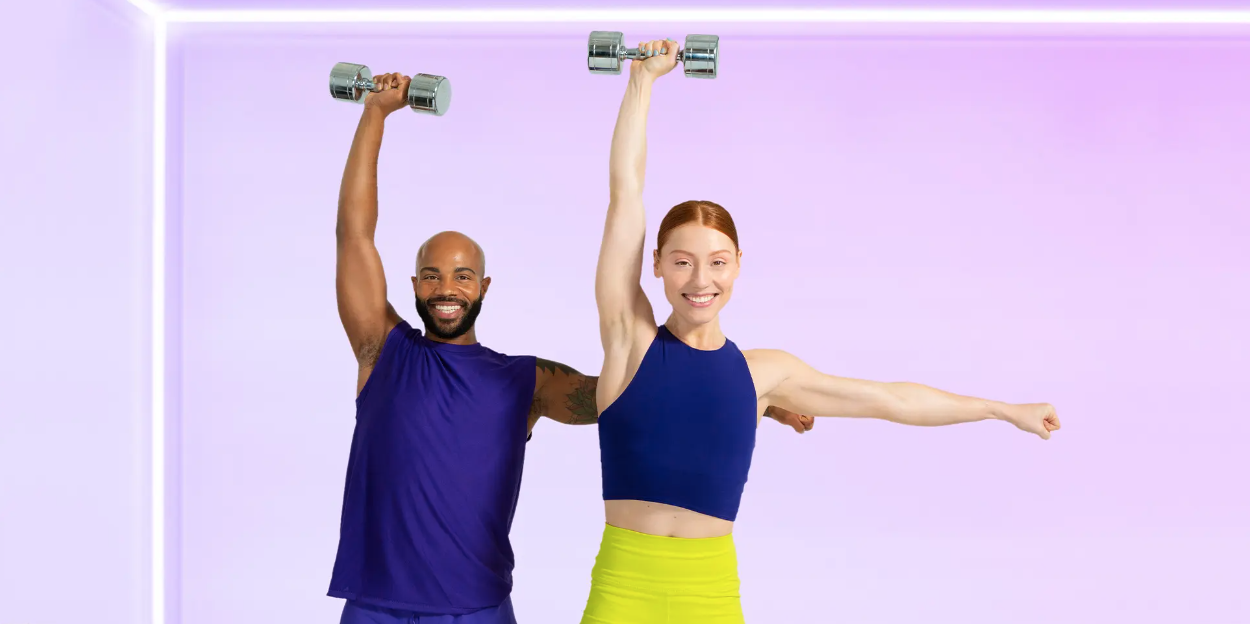



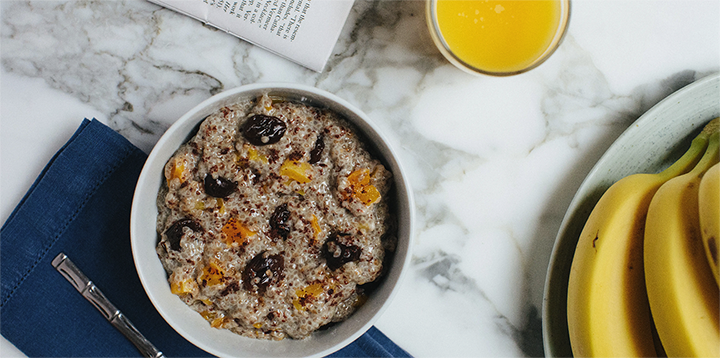


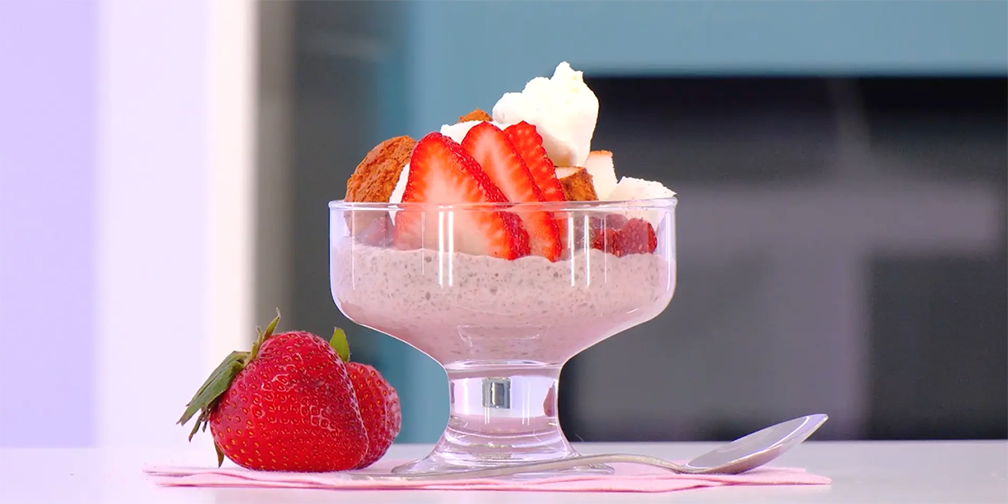








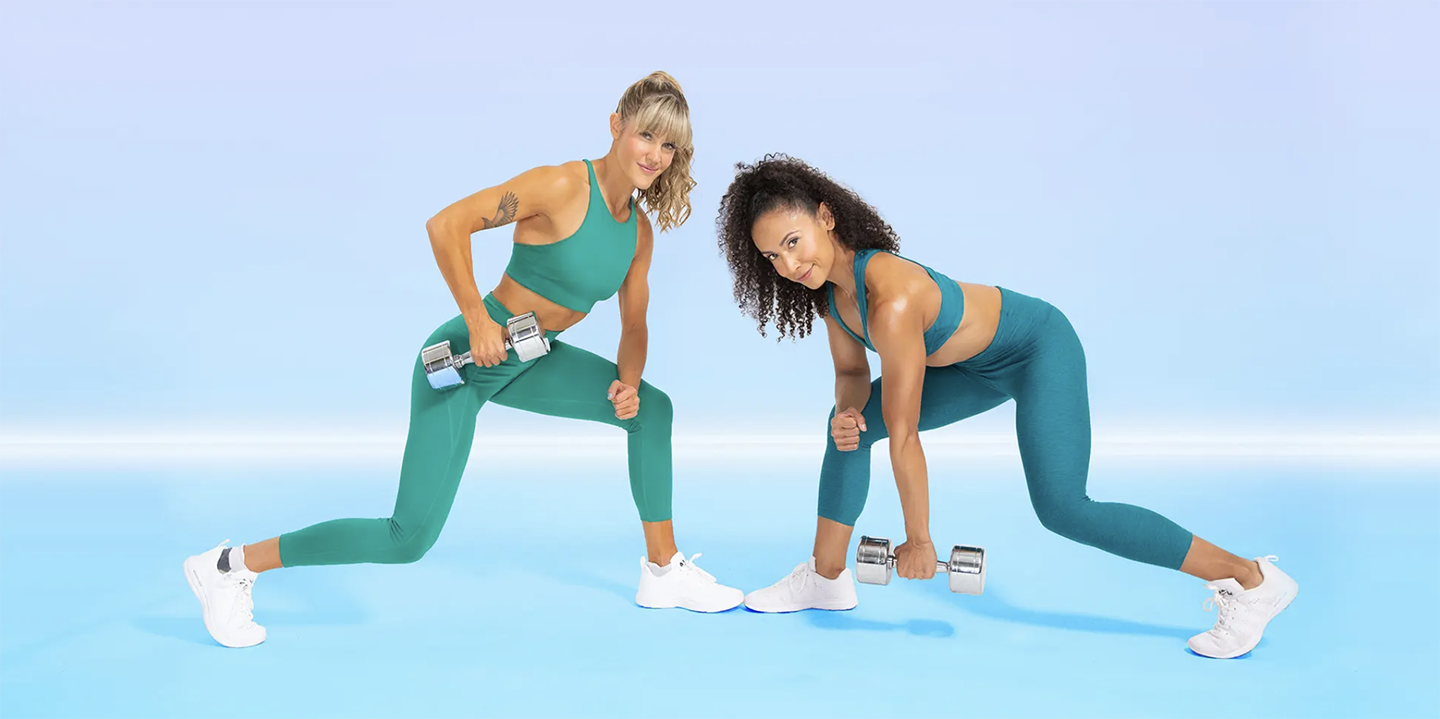





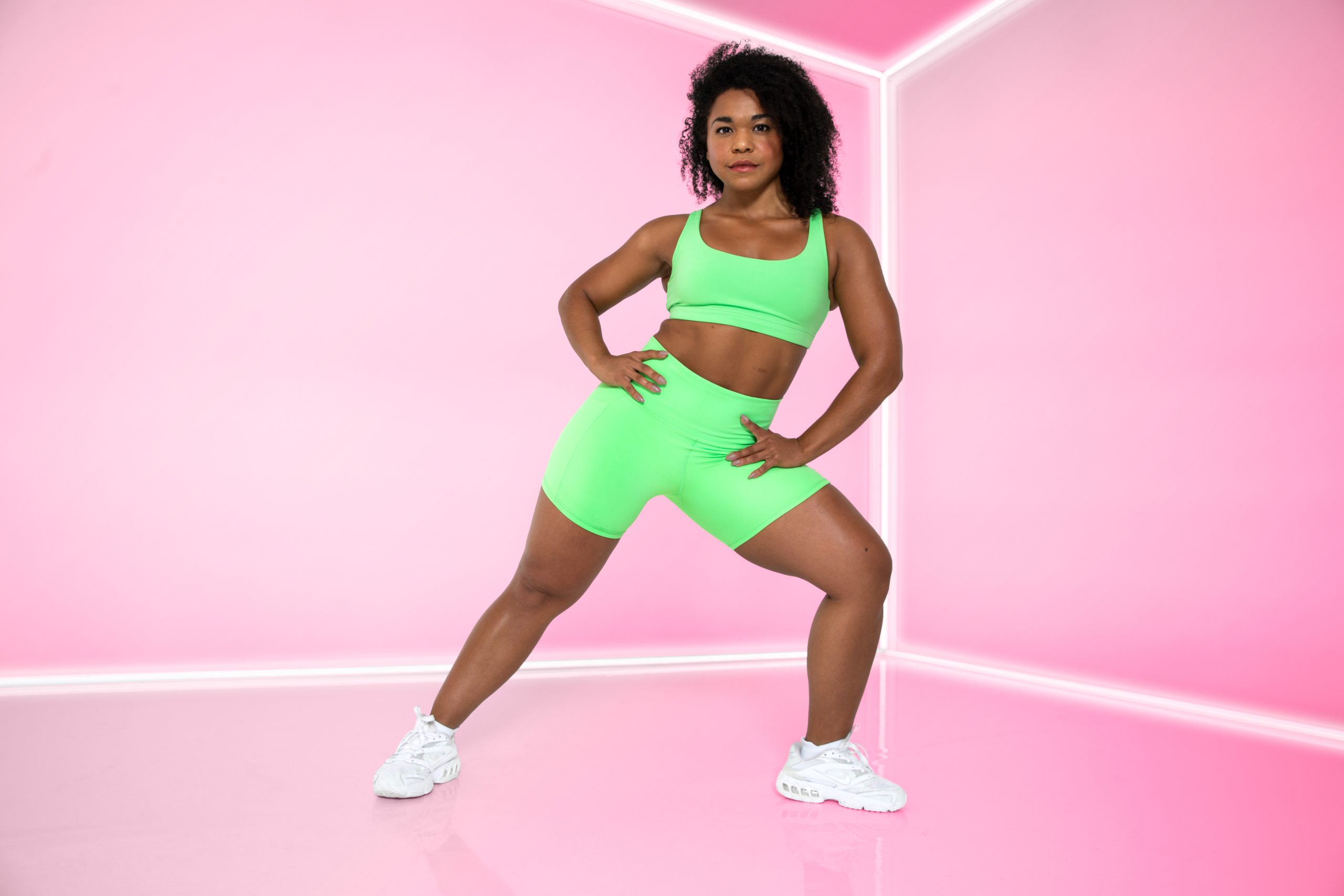

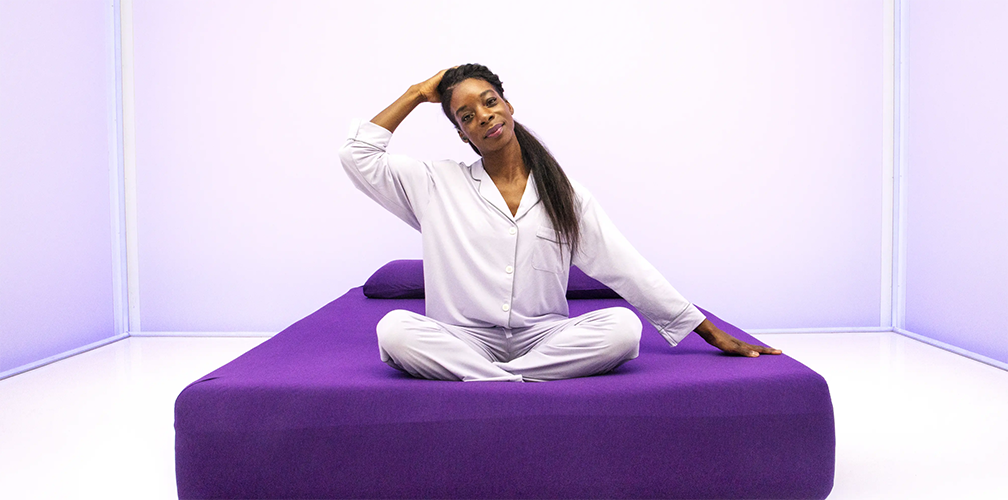






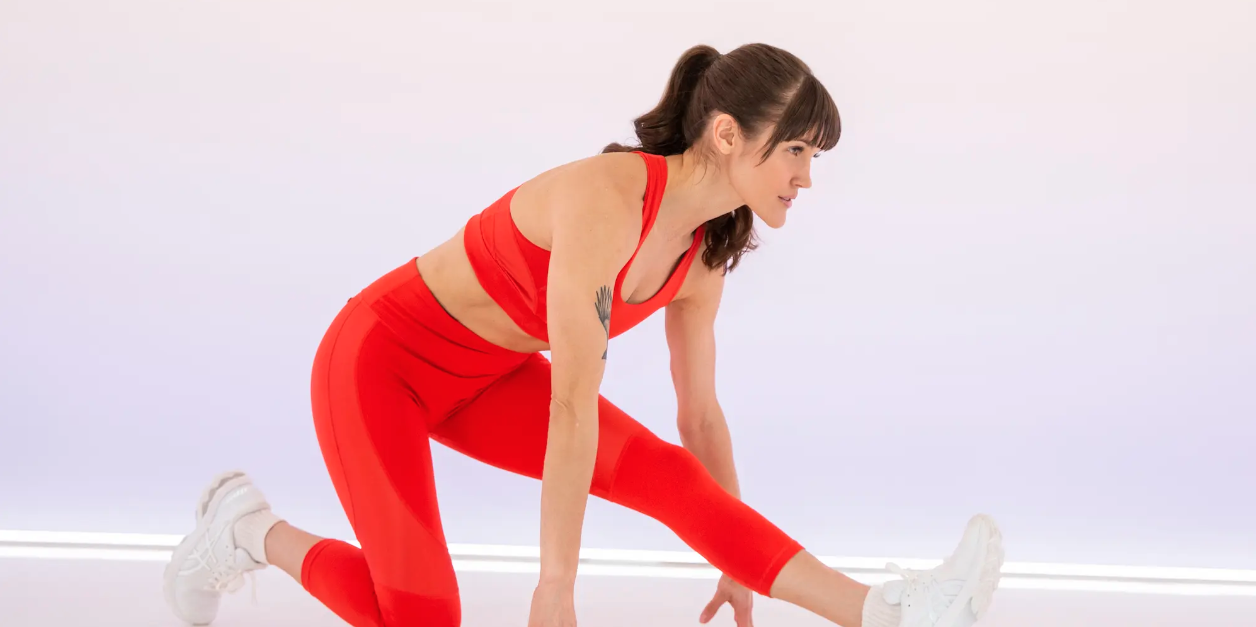


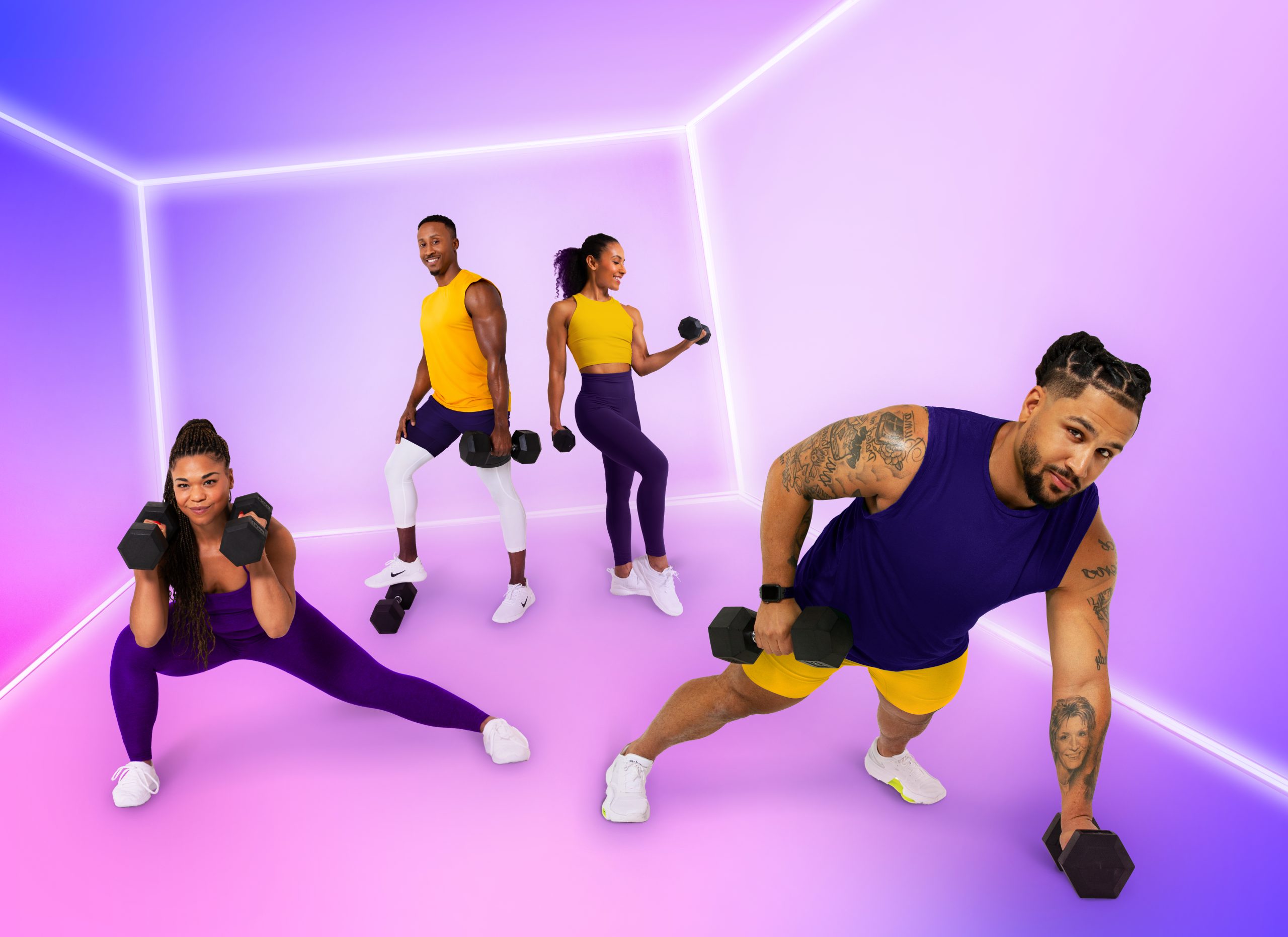
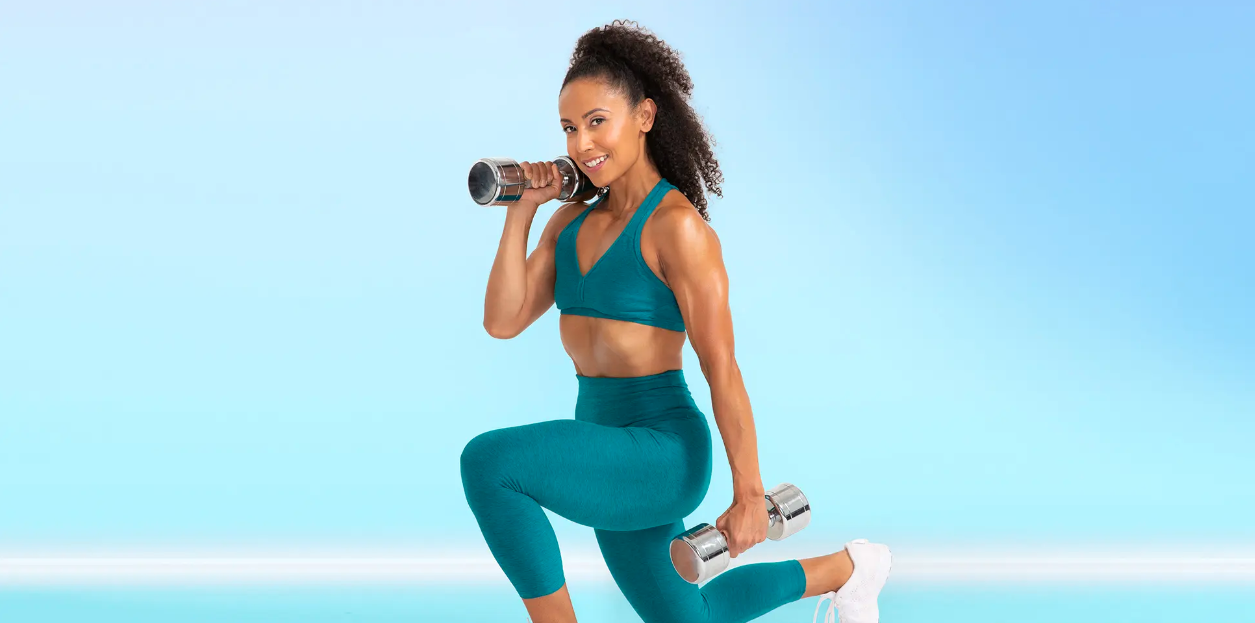





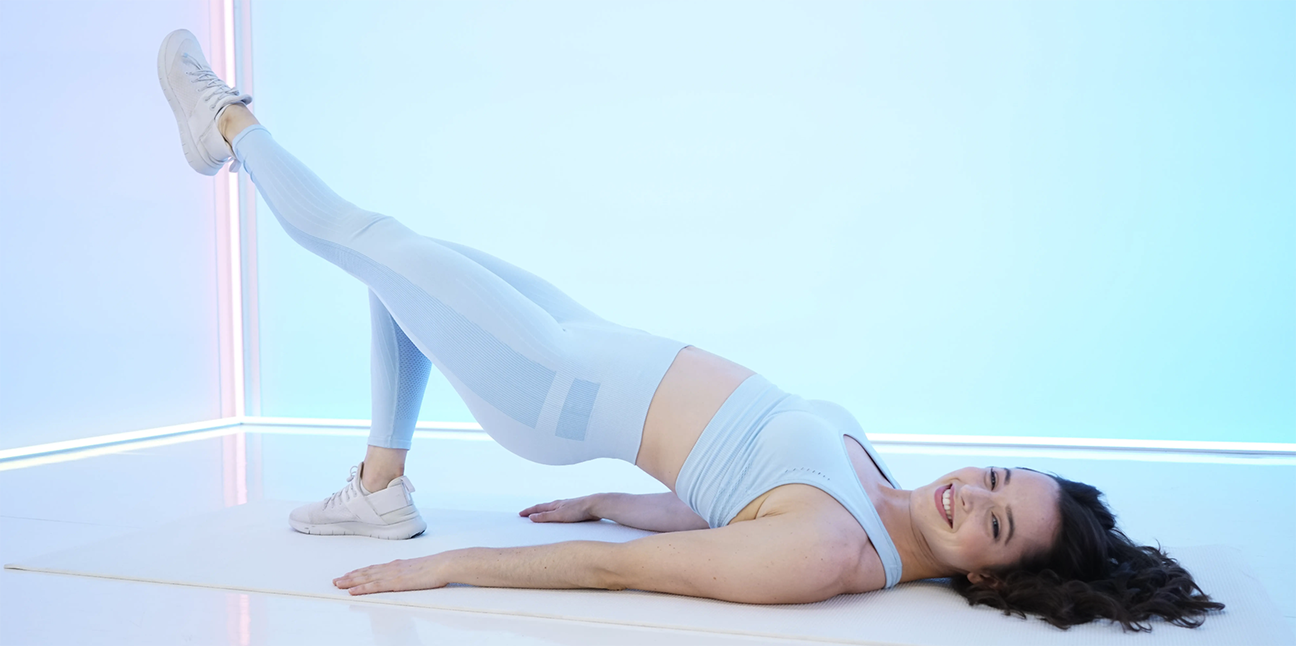





Leave a Reply